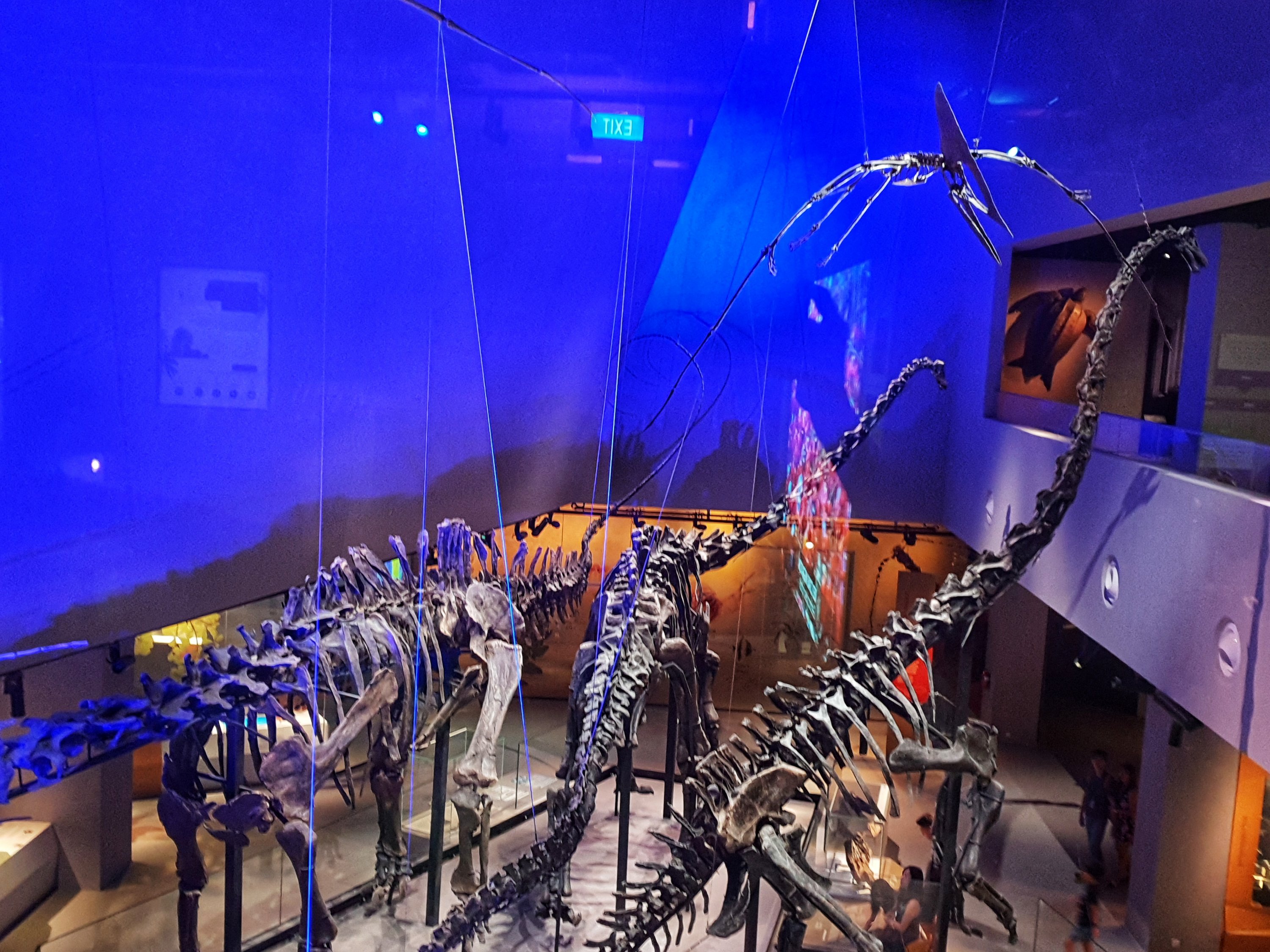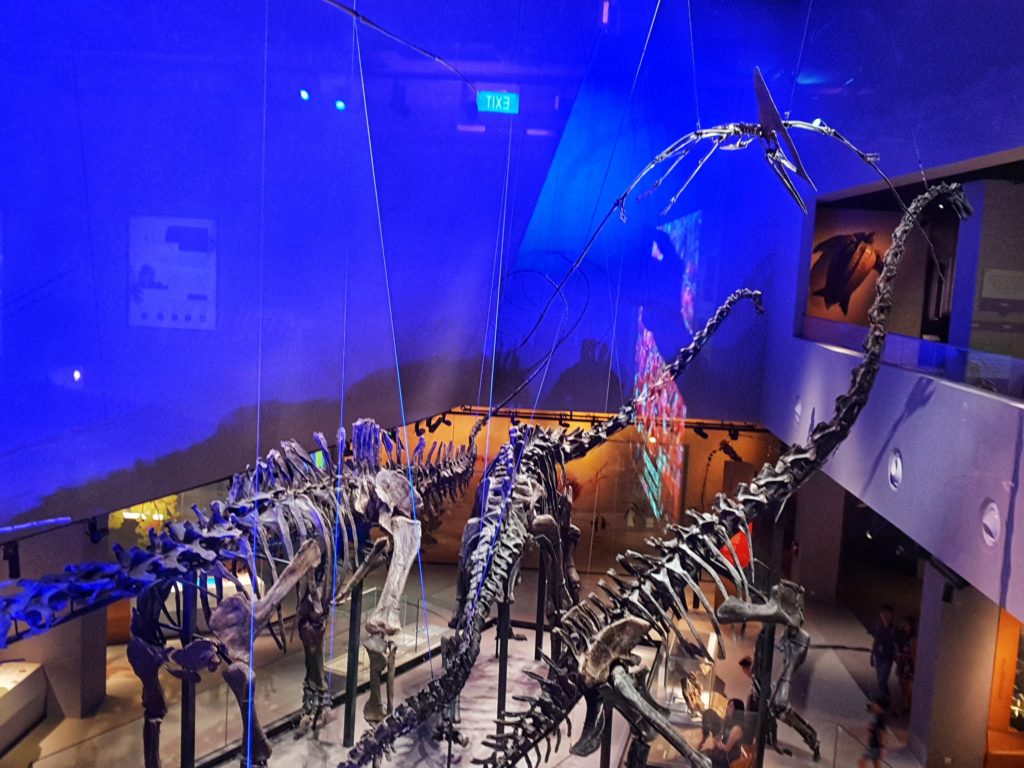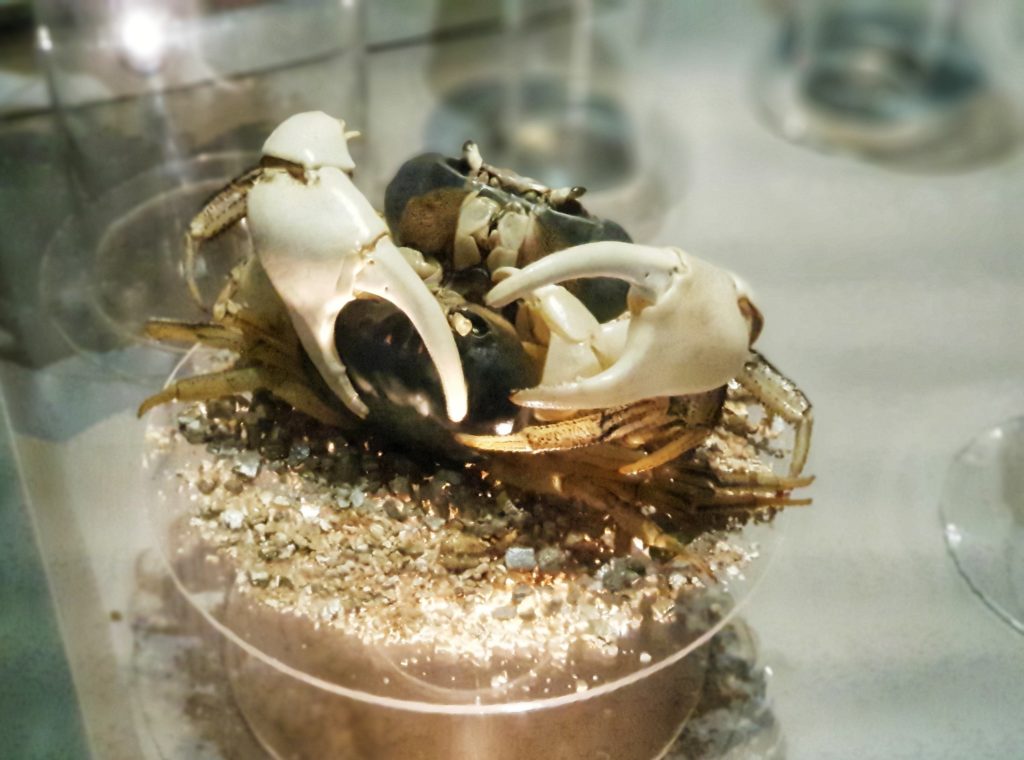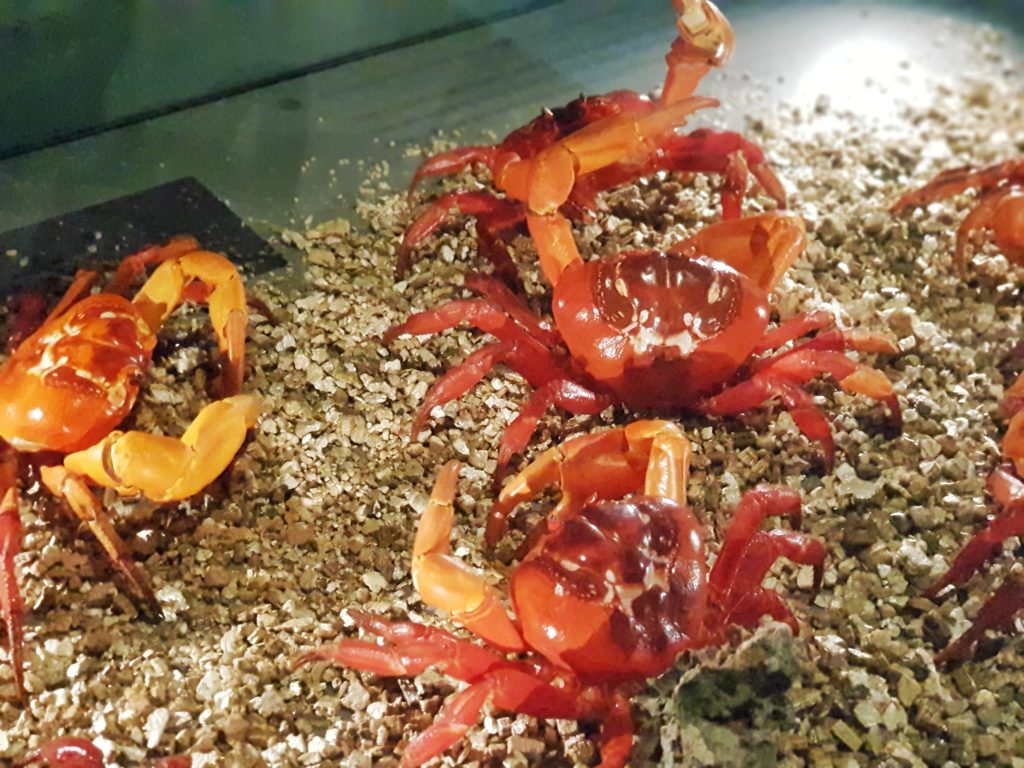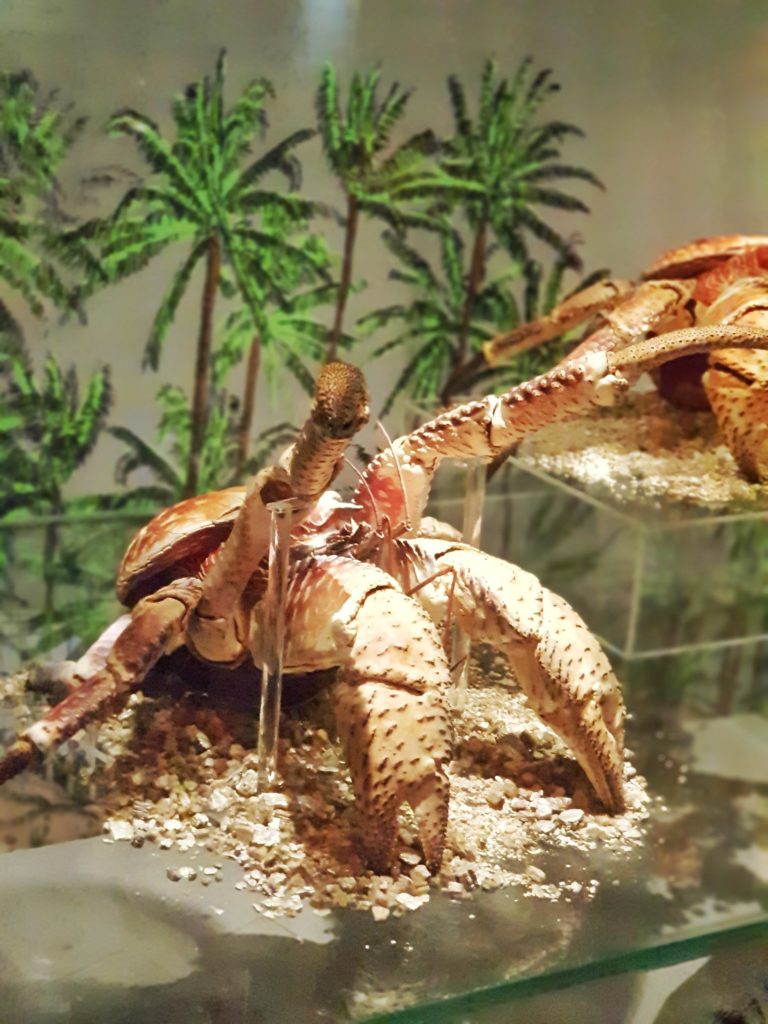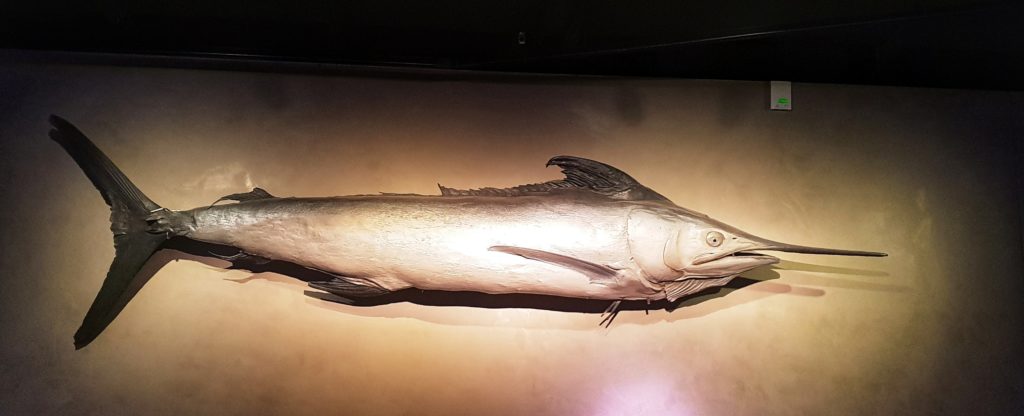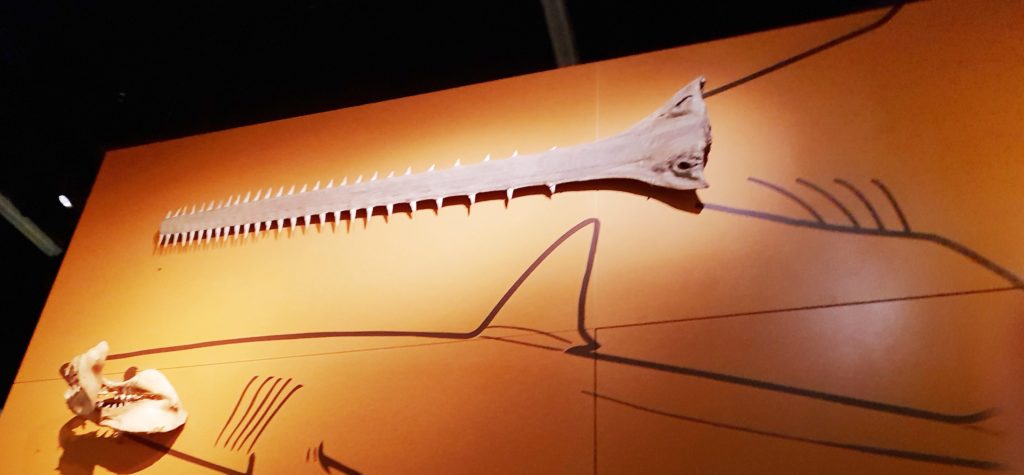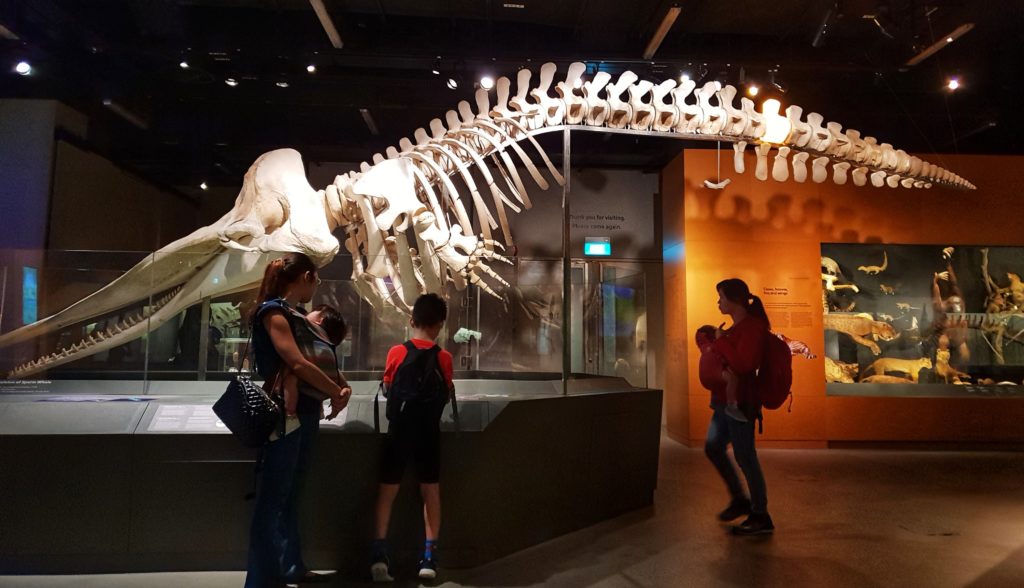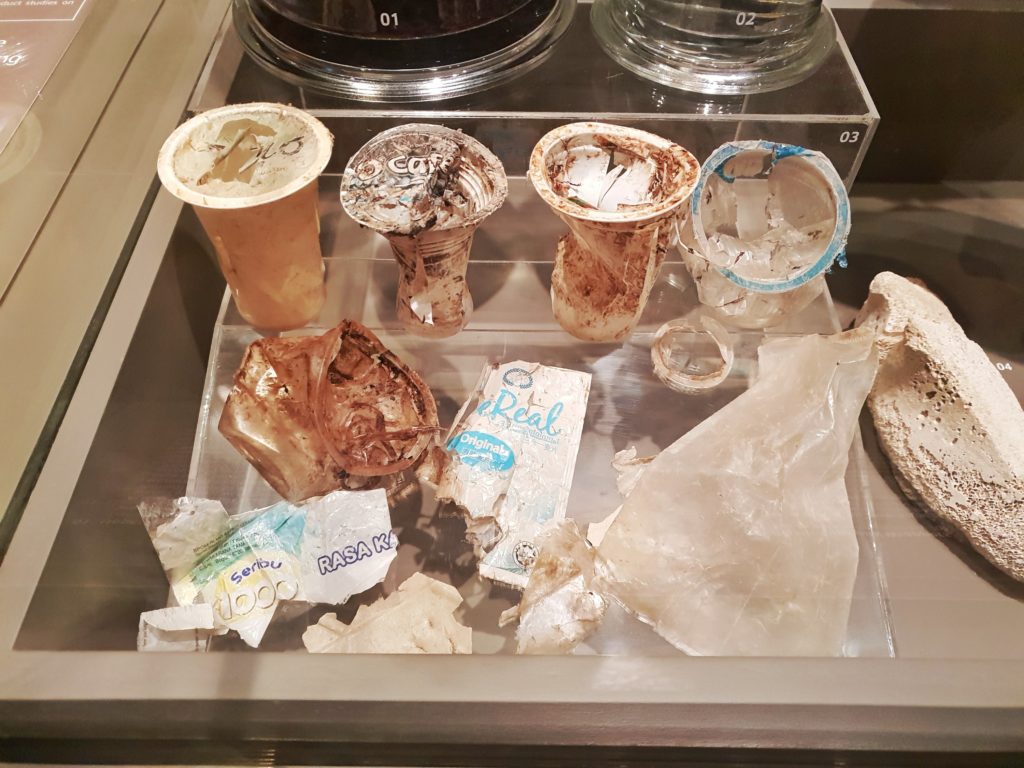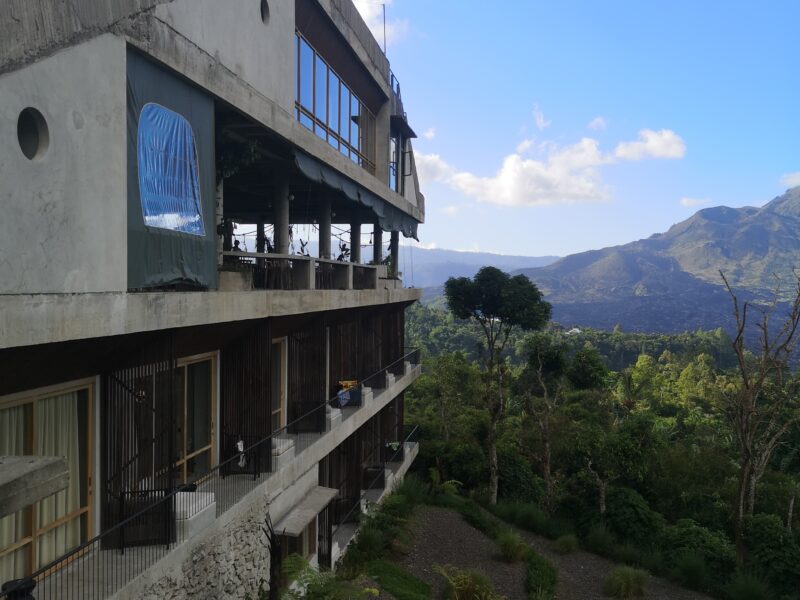It is the school holidays, and we popped into the Lee Kong Chian Natural History Museum again!
The kids missed the three Diplodocuses and requested for a revisit. Since there is an ongoing exhibition on the Christmas Island Red Crabs, I thought it is an excellent chance to revisit the sauropods, and know more about Christmas Island and the red crabs just before the exhibition ends this week!
Read my earlier post here for our first visit.
The Diplodocuses
The diplodocuses in the Lee Kong Chian Natural History Museum are more than 80% completed of which two come with skulls. The trio is found between 2007 and 2010 in a quarry in a small town of Ten Sleep in the United States. The museum acquired the trio at a hefty price tag of $12mil perhaps it is because the trio is probably a family!
Christmas Island
Do you know that Christmas Island was named on Christmas Day in 1643? It was part of Singapore until 1957 when the British government sold it to Australia for £2.9mil. Located between Indonesia and Australia, Christmas Island has a population of about 2,000 and is rich in floras and faunas. Singapore scientists have since 2010 made four expeditions and discovered ten unique species of crabs.
The Christmas Island Red Crabs Exhibit
The exhibit is located on Level 1M where the Heritage Gallery is.
The critically endangered Frigatebird specimens greeted us right at the door. These birds nest only on Christmas Island.
Next is the Blue Crabs that are also found only on Christmas Island.
Red Crabs Migration
Christmas Island is famous for its Red Crabs migration.
The adult red crabs begin their breeding migration to the sea as soon as the wet season rains have established. There will be a mass movement of crabs moving towards the sea. Males farthest inland start will start first and are progressively joined by more crabs towards the sea.
When the mass migration happens, stretches of road covered in red will be closed to facilitate the crabs’ migration.
When the crabs reach the beach, they dip in the sea to replenish body moisture and salts. Mating will begin after that on the beach.
The males will return inland aftermath, leaving the females in the mating burrows to brood their eggs. After the ladies jettison their eggs into the sea, they will also commence on their return migration.
Baby crabs which successfully hatched from their eggs will gradually move inland over time. See the detailed explanations here from the Australian experts.
It seems like Christmas Island is one great destination that we can consider exploring.
Other worth mentioning
The Black Martin
One of largest bony fish and the fastest in the world. This specimen was stranded in the shallow beach of East Coast Park. It died shorted after landing on the beach in 1986. It was 3.3m long and weighed 245kg when found.
The rostrum of a Green Sawfish, founded in the Indo-West Pacific, 1900s (below)
The Singapore Sperm Whale
Found dead off Jurong Island on 10 July 2015. Over a period of 70 days, the caress was defleshed, and the oily whale was degreased and prepared for display. In the process, the museum staff collected valuable information about the whale and also established the cause of its death. It most probably collided with a passing ship, evidenced by a severely damaged spine.
Things found in the whale’s stomach…
You may also be interested in:
Museums remind us dinosaurs still fly (Straits Times)
We explored the Maritime Experiential Museum in Sentosa
Marvel Studio: Ten Year of Hero Exhibition
A trip to the amazing Resorts World S.E.A. Aquarium, Singapore
The kids love the Lory Loft in Jurong Bird Park
Want to visit the museum? It is located in the Faculty of Science, National University of Singapore.
2 Conservatory Drive, Singapore 117377
Get your tickets from Klook here.
Klook.com
Enjoy my post? Please click Like and Share.
Don’t want to miss my posts? Subscribe here to get updates from me.
